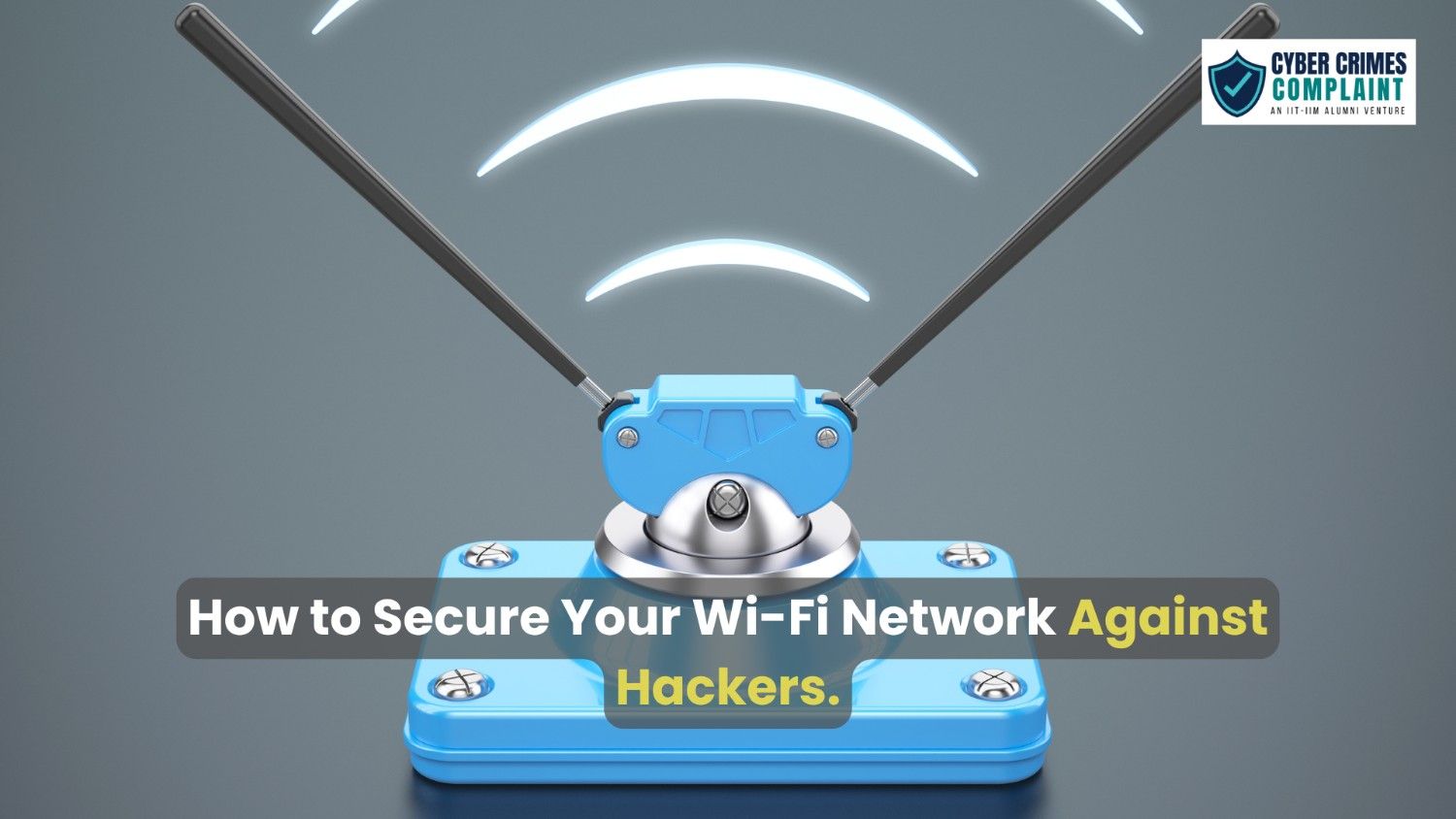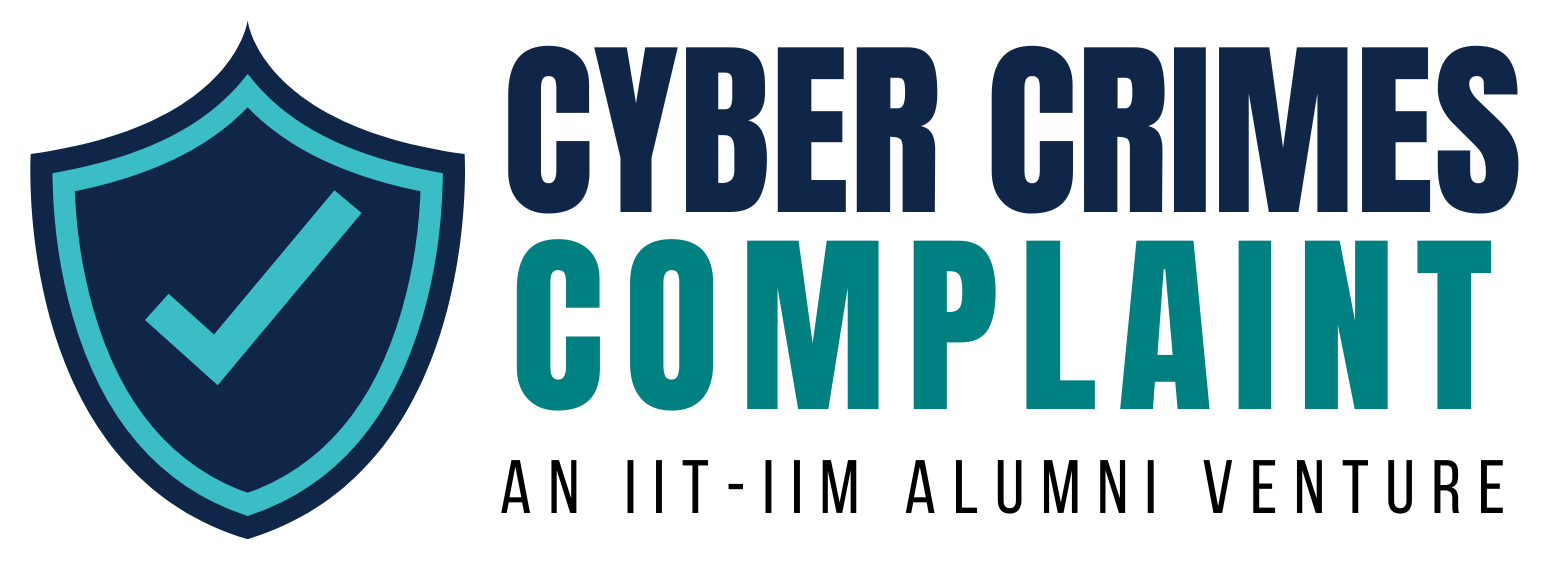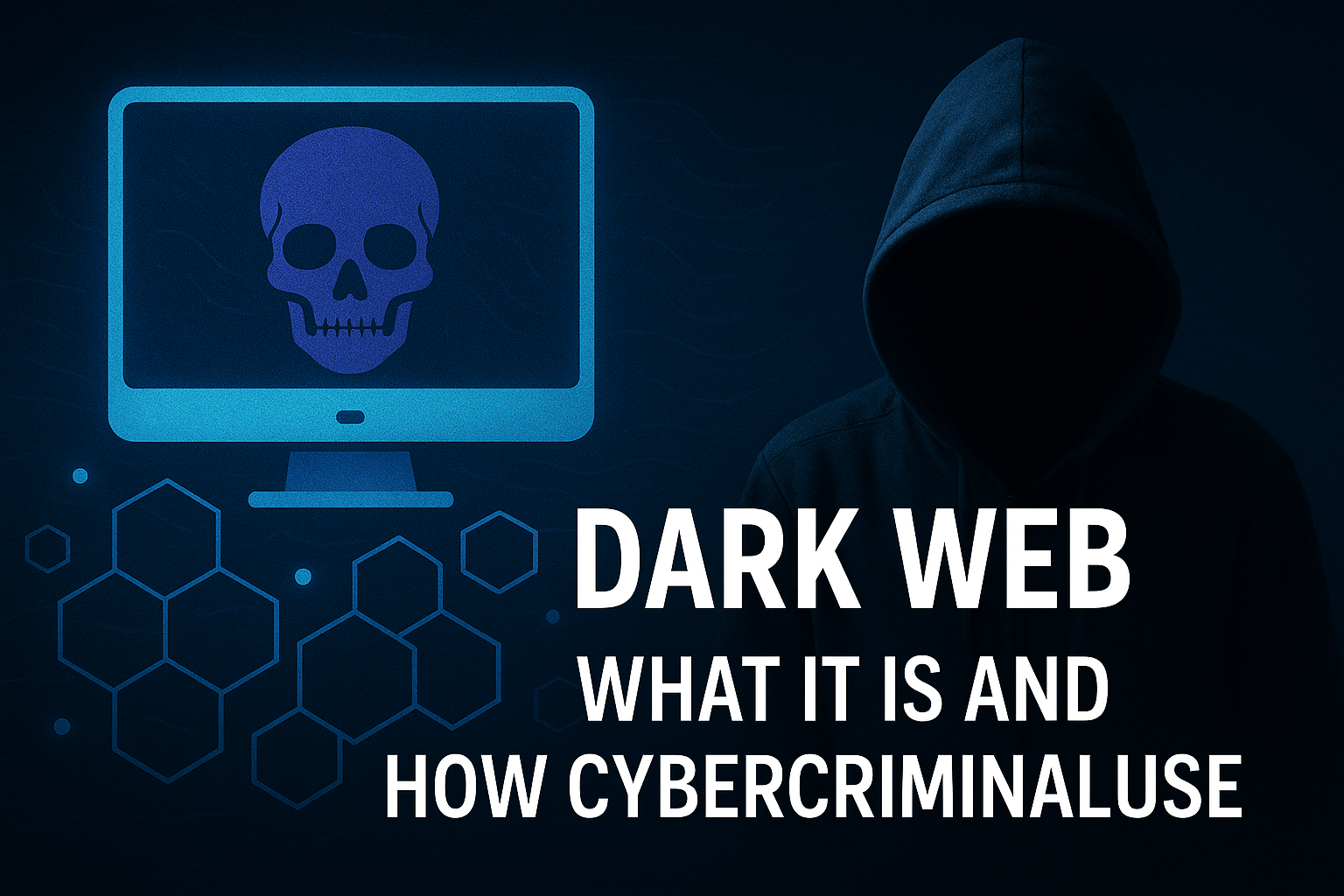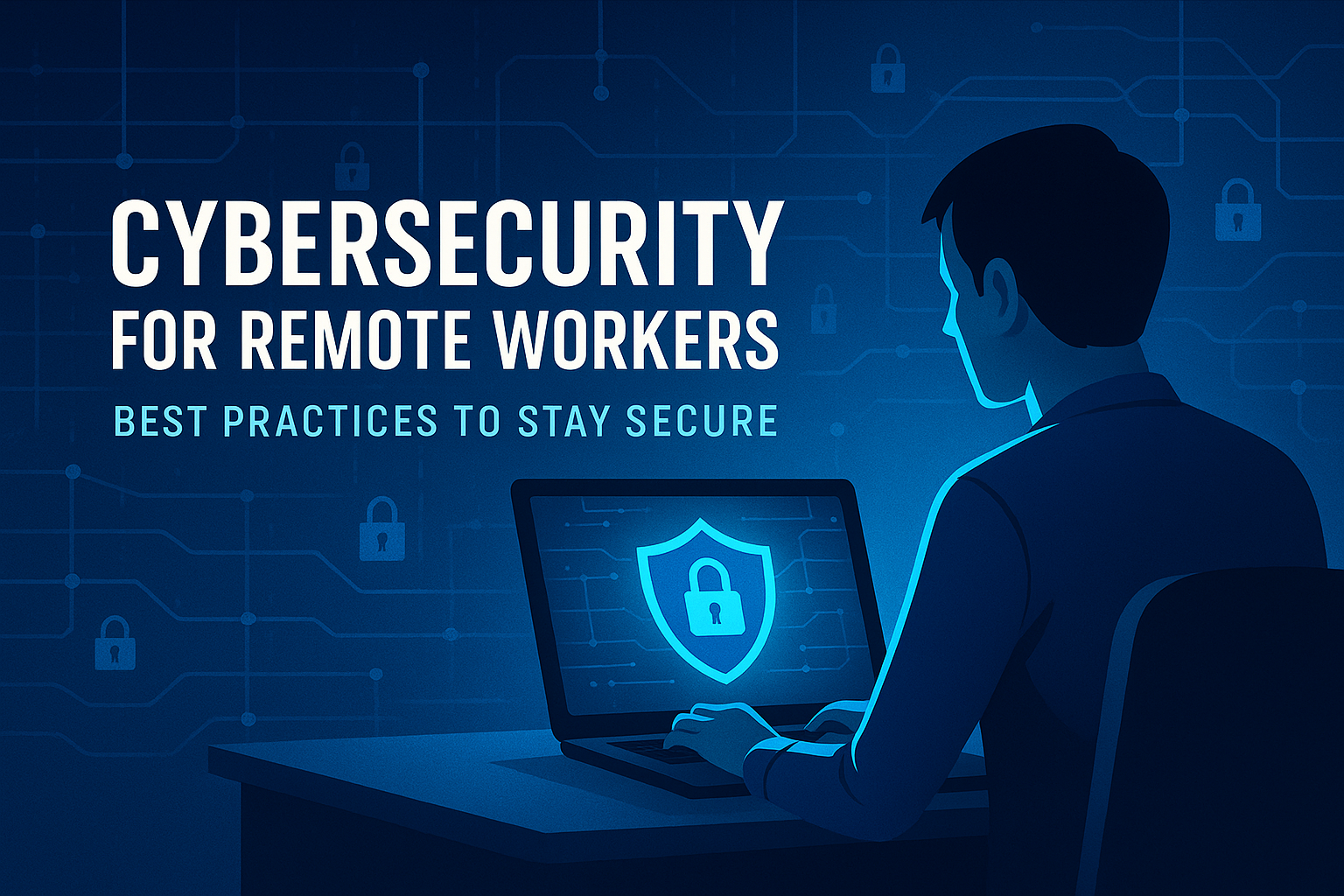· Cybersecurity · 4 min read
How to Secure Your Wi-Fi Network Against Hackers
Struggling with loan debt? Our expert debt resolution services help you manage and resolve your financial burdens. Get professional assistance to avoid legal hassles and regain financial stability today

Your Wi-Fi network is the gateway to your online world, and if it’s not secure, hackers can exploit it to steal data, inject malware, or even control your devices. An unsecured Wi-Fi network makes it easy for cybercriminals to access personal information, slow down your internet, and use your network for illegal activities.
In this guide, we’ll walk you through practical steps to secure your Wi-Fi and protect your data from hackers.
Understanding Wi-Fi Security Risks
How Hackers Target Your Wi-Fi Network
Hackers use various techniques to break into unsecured Wi-Fi networks, including:
Brute force attacks – Guessing weak passwords until they find the correct one.
Packet sniffing – Intercepting unencrypted data sent over the network.
Evil twin attacks – Setting up fake networks that mimic your Wi-Fi.
Consequences of a Hacked Wi-Fi Network
Identity theft – Hackers can steal personal and financial information.
Device hijacking – Cybercriminals may control your smart devices.
Bandwidth theft – Strangers using your Wi-Fi can slow it down.
Illegal activities – Hackers can use your network for cybercrime.
Essential Steps to Secure Your Wi-Fi Network
1. Change the Default Router Login Credentials
Most routers come with generic usernames and passwords, which hackers can easily find online. Change these credentials immediately.
Log into your router settings (typically by entering 192.168.1.1 in your browser).
Navigate to the Admin Settings and update the username and password.
2. Update Your Router’s Firmware Regularly
Router manufacturers frequently release updates to fix security vulnerabilities. Check your router settings for firmware updates and install them regularly.
3. Use a Strong Wi-Fi Password
A weak Wi-Fi password is easy for hackers to crack. Use a combination of:
✅ At least 12 characters
✅ Uppercase and lowercase letters
✅ Numbers and special characters
4. Enable WPA3 or WPA2 Encryption
Encryption scrambles your data, making it unreadable to hackers. Always use WPA3 (recommended) or WPA2 security mode.
5. Disable WPS (Wi-Fi Protected Setup)
WPS is a feature designed for convenience, but it’s a security risk as it allows hackers to bypass strong passwords. Disable it in your router settings.
6. Hide Your Wi-Fi Network (SSID Broadcast)
If your Wi-Fi name is hidden, it won’t appear in public lists, making it harder for hackers to find. Disable SSID broadcasting in your router settings.
7. Use MAC Address Filtering
Each device has a unique MAC address. By allowing only specific MAC addresses, you can block unauthorized devices from connecting.
8. Enable a Firewall on Your Router
A firewall acts as a barrier between your network and hackers. Most routers have built-in firewalls—make sure it’s enabled.
9. Turn Off Remote Management
Remote access allows you to configure your router from anywhere, but it also opens doors for hackers. Disable it unless necessary.
10. Set Up a Guest Network
A guest network isolates visitors from your main devices, reducing the risk of cyber threats.
11. Monitor Connected Devices
Regularly check your router settings to see which devices are connected. If you find unknown devices, remove them immediately.
12. Reduce Wi-Fi Range to Prevent External Access
Adjust your router’s power settings to reduce signal range, preventing outsiders from accessing your network.
13. Use a VPN for Extra Security
A VPN (Virtual Private Network) encrypts all data traveling through your network, adding an extra layer of security.
Additional Advanced Security Measures
Use DNS filtering to block malicious websites.
Enable two-factor authentication (2FA) for an added security layer.
Conclusion
Securing your Wi-Fi isn’t difficult, but it requires continuous effort. By following these steps, you can keep hackers out and ensure a safer internet experience. Stay proactive, keep your router updated, and always monitor network activity.
FAQs
How do I know if someone is using my Wi-Fi?
Check your router’s connected devices list or use a network monitoring app.Is WPA3 better than WPA2?
Yes, WPA3 offers stronger encryption and better protection against brute force attacks.Can a strong password alone protect my Wi-Fi?
No, additional measures like encryption, firewalls, and MAC filtering enhance security.Should I turn off my Wi-Fi when not in use?
It’s a good practice, especially when away for extended periods.How often should I update my router firmware?
At least once every few months or whenever updates are available.


